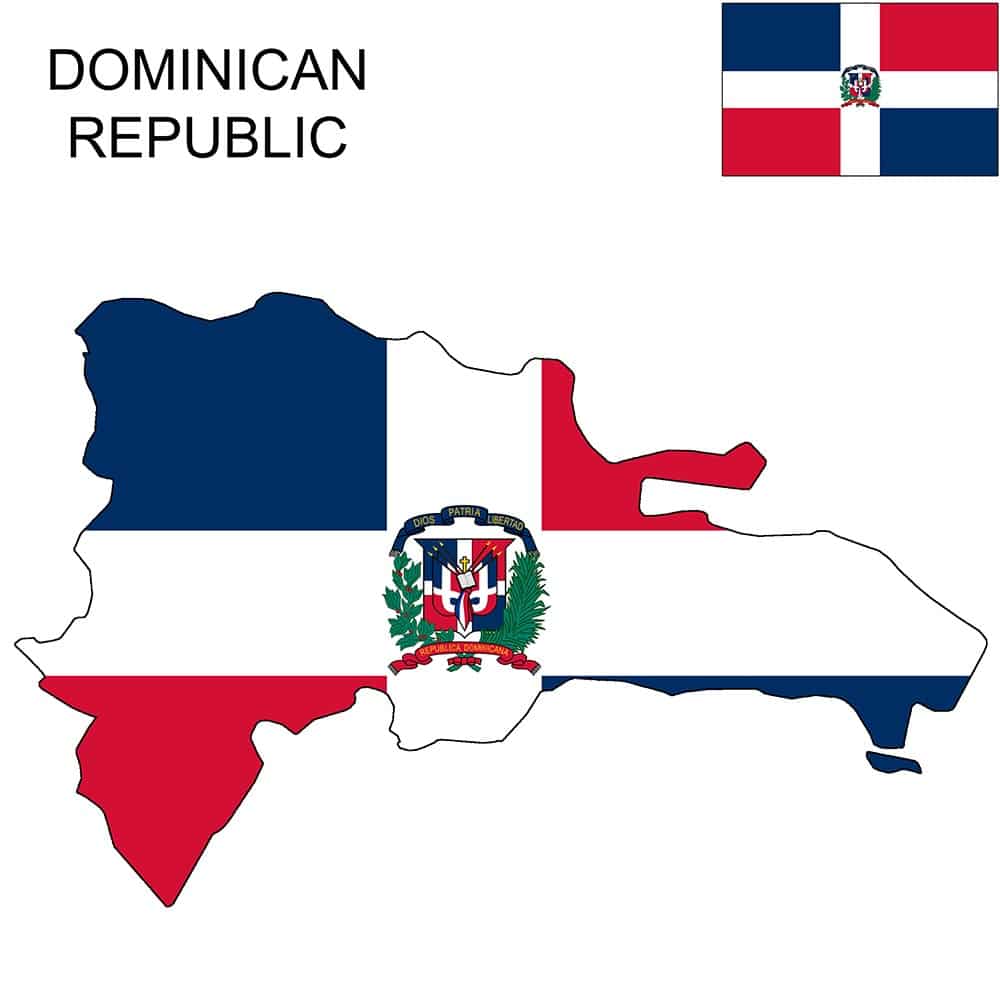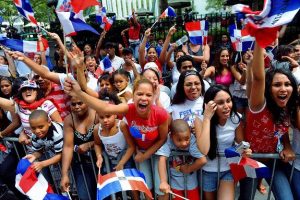Headlines
Dominican Republic Population, Official Language And More.

Today, the Dominican Republic is a democratic nation with a diverse cultural heritage influenced by its indigenous roots, Spanish colonial history, African heritage, and more recent global influences. It is known for its beautiful beaches, vibrant music and dance, and warm hospitality.

Dominican Republic
THE POPULATION The population of the Dominican Republic is approximately 11.8 million people. The country has a diverse population with influences from indigenous Taino people, Spanish colonizers, African slaves, and more recent immigrants from other countries.
THE LANDMARK One of the most iconic landmarks in the Dominican Republic is the Alcazar de Colon (Columbus Alcazar), located in Santo Domingo. It is a historic building that served as the residence of Diego Columbus, son of Christopher Columbus, during the Spanish colonial period. The Alcazar de Colon is now a museum that showcases artifacts and exhibits related to the history of the Dominican Republic.
THE OFFICIAL LANGUAGE The official language of the Dominican Republic is Spanish. Spanish is spoken by the majority of the population and is used in government, education, media, and everyday life.
THE CULTURE The culture of the Dominican Republic is a vibrant blend of indigenous Taino traditions, Spanish colonial influences, African heritage, and more recent global influences. The country is known for its lively music and dance styles such as merengue and bachata. The Dominican cuisine is also an important aspect of its culture, with dishes like mangu, sancocho, and mofongo being popular.
THE ECONOMIC STABILITY The Dominican Republic has experienced significant economic growth in recent years. It has a diverse economy with sectors such as tourism, manufacturing, agriculture, and services contributing to its GDP. The country has attracted foreign investment and has implemented policies to promote economic stability and development.
THE GDP The Gross Domestic Product (GDP) of the Dominican Republic is approximately $113.64 billion. With a population of around 11.8 million people, the Dominican Republic is the tenth largest economy in Latin America and the largest in the Caribbean region open for commercial trade.
THE CURRENCY The official currency of the Dominican Republic is the Dominican Peso (DOP). The exchange rate is approximately 1 US Dollar (USD) = 56.50 Dominican Pesos (DOP).
THE FOOD Dominican cuisine is a delightful blend of various influences, including African, Spanish, and Taino traditions. Some traditional Dominican dishes include:
- Mangu: Mashed plantains often served with sautéed onions and fried cheese.
- Sancocho: A rich stew made with various meats, vegetables, and spices.
- Habichuelas con Dulce: A sweet cream made from beans, coconut milk, and spices.
- Morir Soñando: A refreshing drink made from milk, orange juice, sugar, and ice.
- Bizcocho Dominicano: A traditional Dominican cake often enjoyed during celebrations.
These are just a few examples of the many delicious dishes you can find in the Dominican Republic.
MAJOR CITIES Some major cities in the Dominican Republic include:
- Santo Domingo
- Santiago
- San Pedro de Macoris
- San Francisco de Macoris
- Azua
- Punta Cana
These cities are known for their historical significance, cultural attractions, and vibrant communities.
MAJOR AIRPORTS, SEA PORTS, AND SCHOOLS Some major airports in the Dominican Republic include:
- Punta Cana International Airport
- Las Americas International Airport
- Cibao International Airport
- Gregorio Luperon International Airport
For sea ports, some major ones are:
- Port of Santo Domingo
- Port of Rio Haina
As for schools, there are numerous educational institutions throughout the country. Some notable ones include:
- Universidad Autonoma de Santo Domingo (UASD)
- Pontificia Universidad Catolica Madre y Maestra (PUCMM)
- Instituto Tecnologico de Santo Domingo (INTEC)





